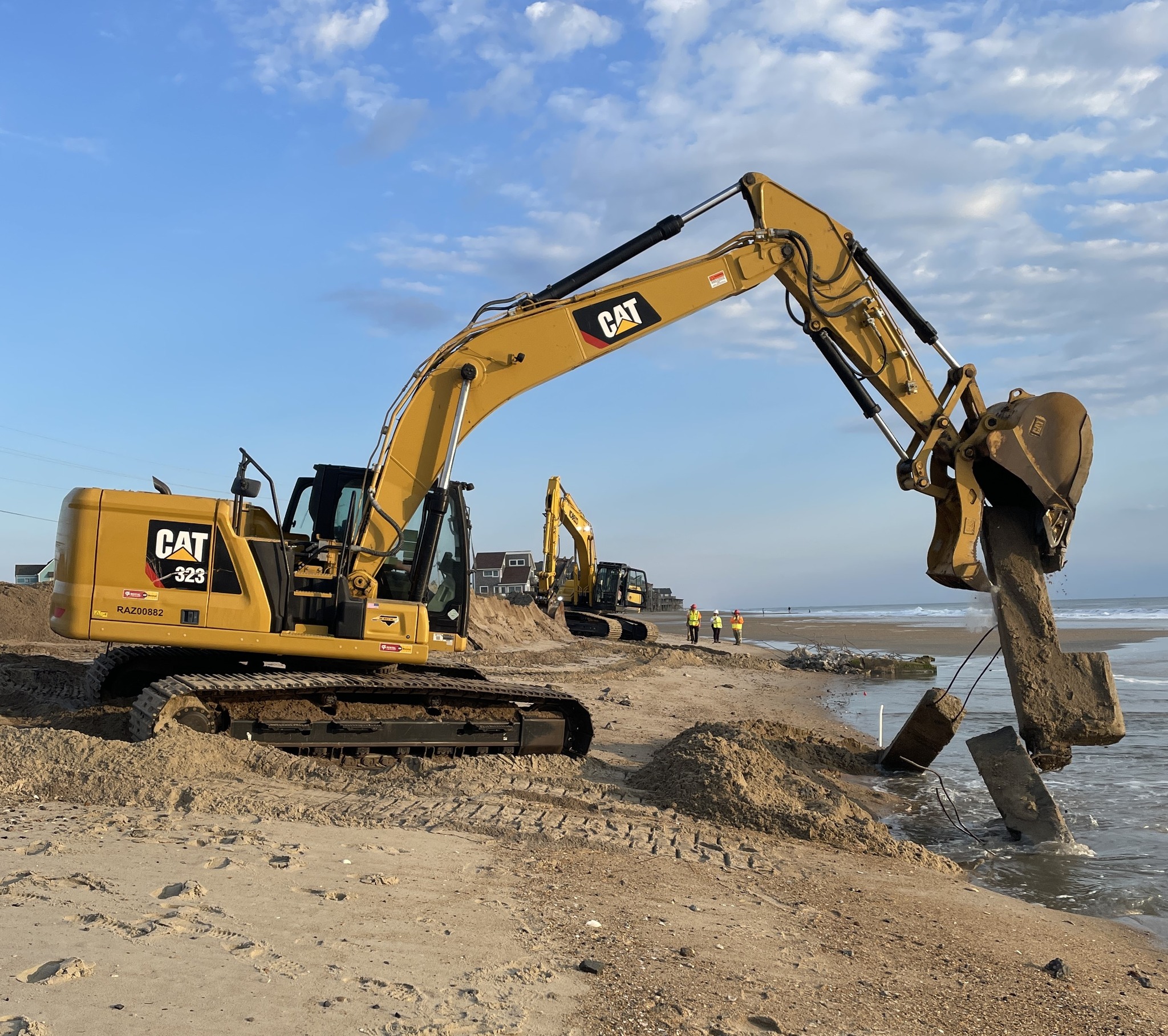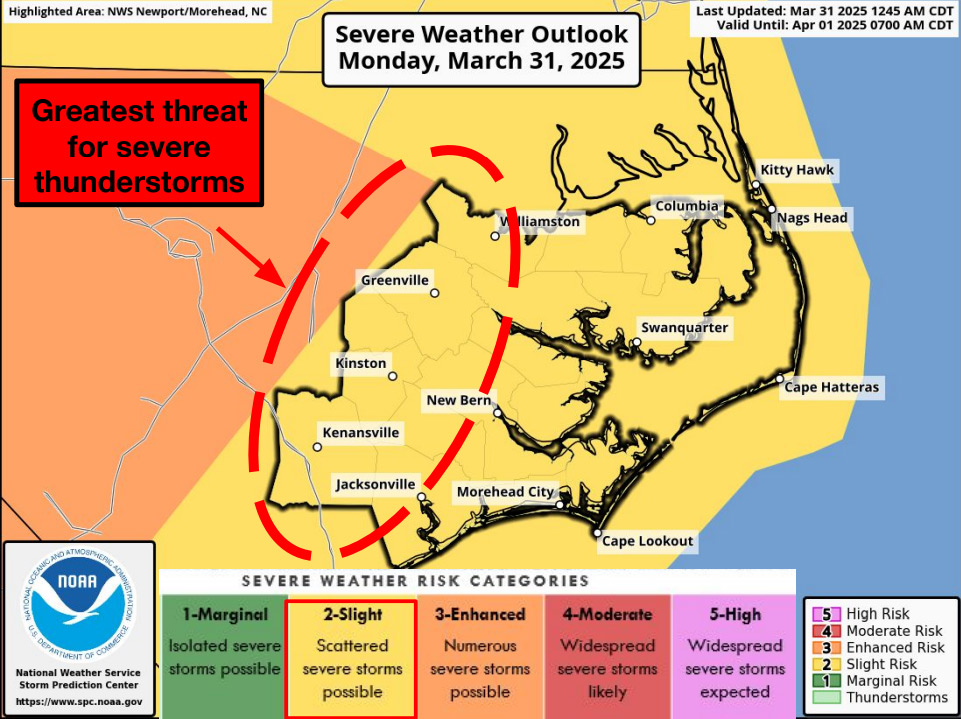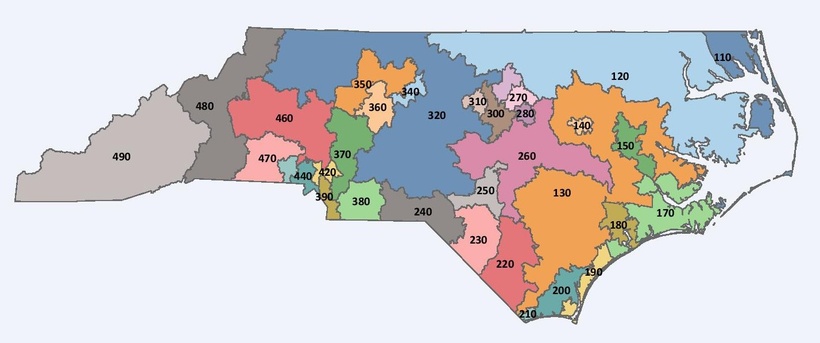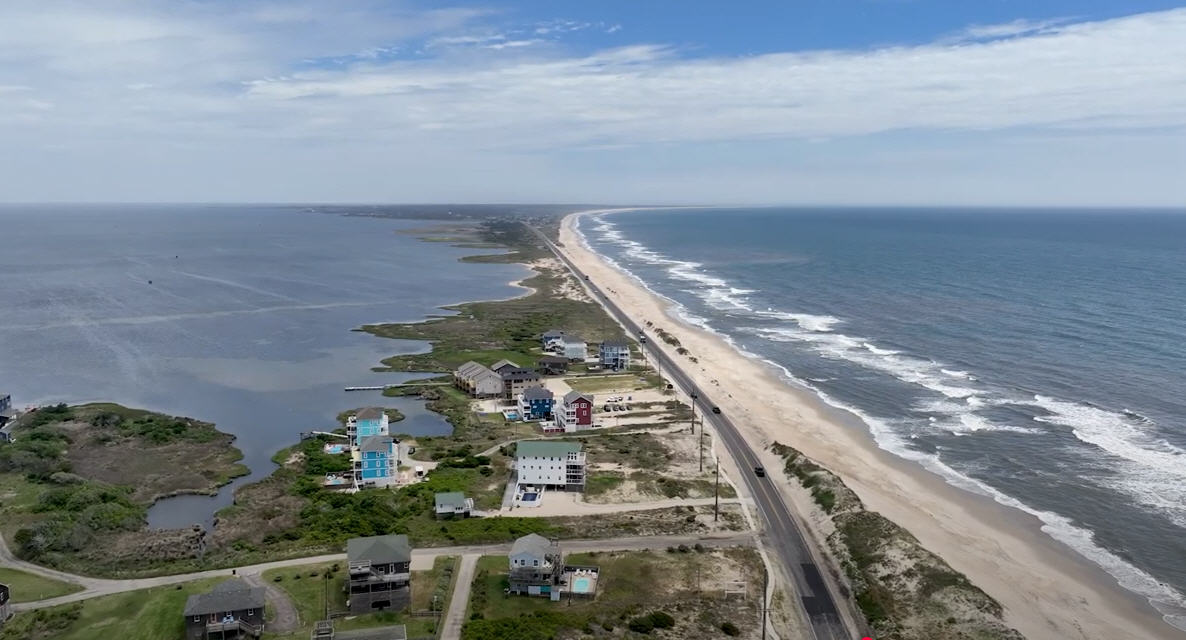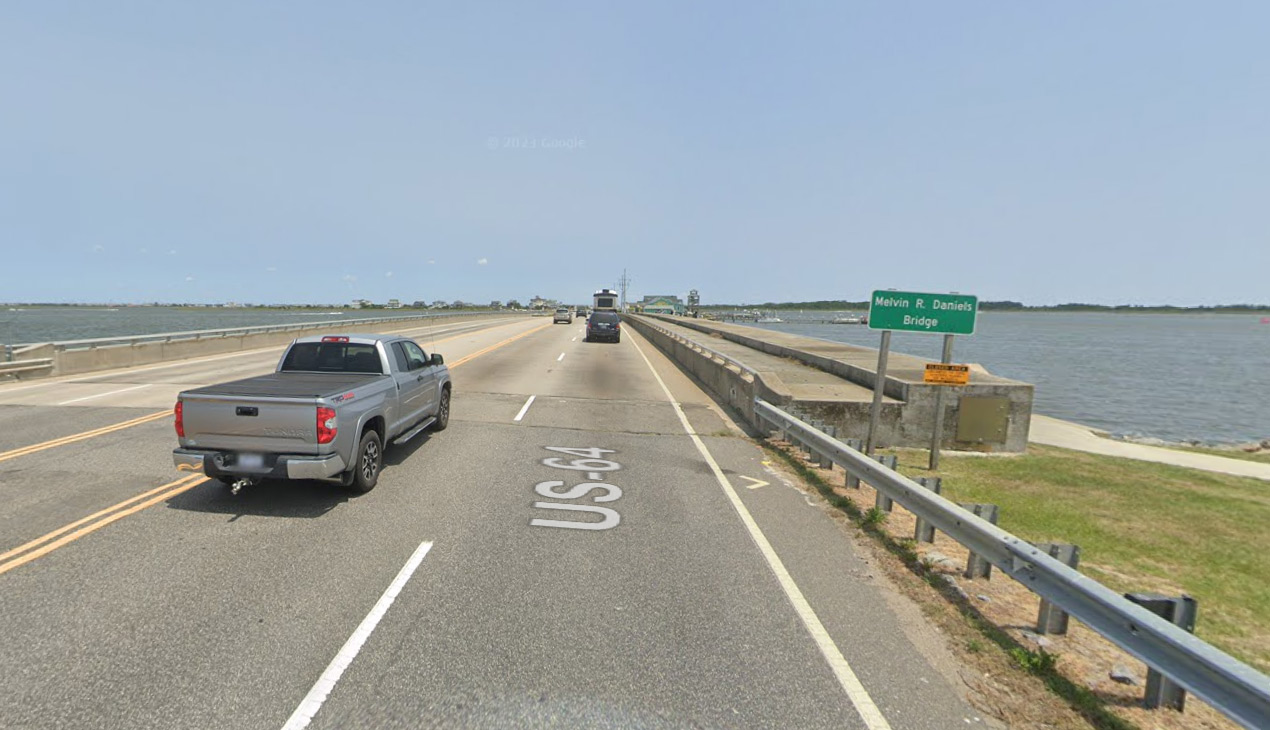A Primer on Sea Turtle Nests, and a Inside Look into the 2017 Nesting Season By SARAH ALLMAN
For many people living on Hatteras Island, summer is the busiest season of the year due to the booming increase in tourism, and it is no different for National Park Service workers.
Beginning May 1, the NPS monitors the beaches of Cape Hatteras National Seashore for sea turtle nest activity.
Though sea turtles are also somewhat of a tourist attraction, NPS workers are more concerned with the state of the sea turtle population which was declared threatened under the 1973 Endangered Species Act. Cape Hatteras National Seashore, for its part, has had a hand in protecting sea turtle nests since the late ‘80s and early ‘90s.
Currently, NPS workers start patrolling at 4:30 a.m. each morning in order to secure any recently laid turtle nests before 6 and 7 a.m., when the beaches open to ORV traffic.
When NPS workers venture out on these early morning expeditions, they look intently for flipper marks between the shoreline and the dunes which indicate that a female sea turtle might have laid eggs on the beach. Once the site is examined further and it appears that a female turtle has thrown sand in order to bury her eggs, NPS workers mark off the site with signs warning people of the presence of a nest.
NPS biologists then record the GPS location of the nest and begin digging around the softened sand for signs of eggs. Once NPS locates eggs, they take a single sample for research purposes and leave the rest to incubate under the protection of the sand. A transponder ball is then placed near the nest underground in order to act as a metal identifier, and four PVC are positioned in and around the enclosure to signal the presence of a nest in case all other signifiers get lost to a storm.
On average, NPS staff identify 1-4 nests a day, 98-99% of which are belong to Loggerhead sea turtles.
As of July 25, 2017, 101 confirmed nests have been found within the Hatteras Island District (from Ramp 30 through Hatteras Village) of Cape Hatteras National Seashore. Since the NPS doesn’t have jurisdiction over the sandbar that has formed off the Point at the moment, biologists can only speculate as to how many nests have potentially been laid there.
Despite the suggestion that sea turtles always lay eggs in the same place where they were born, NPS workers cannot predict the specific site where sea turtles will lay their eggs. In fact, the NPS is in its fifth year of a DNA study showing that sea turtles don’t actually lay eggs in the same exact spot each time, though they are likely to come back to a familiar stretch of beach.
As the time a nest is due to hatch approaches, about 50-55 days after a nest is laid, corridors are set up in front of sea turtle nests to ensure the safety of hatched sea turtles making their way to the ocean. Because the time of hatching is highly dependent on temperature, nests laid before June 15th take about 55-70+ days and 46-55 days after June 15th.
Each nest gets excavated after it hatches for further research purposes. Otherwise, NPS biologists have little interaction with sea turtles nests unless it is to move them from high erosion areas and flat areas prone to flooding especially around Hatteras village. This protective measure helps ensure that nests don’t getting swamped after a heavy rainfall inevitably killing the turtles inside. Though NPS workers take a hands-off approach to nests, they will investigate if turtles haven’t hatched after 80 days.
While identifying nest and putting safeguards in place are primarily the role of NPS staff, when it comes to protecting the incubation and release process of sea turtles, this action requires everyone’s help.
Bystanders should avoid disturbing nesting turtles and turn out any artificial light. It is also important to remove all beach equipment in the evenings and fill in any holes in the beach where sea turtles could potentially get lost. Regarding ORV rules, is also imperative as this gives NPS enough time to patrol the beach and mark off nests before the beaches open to ORV traffic.
If you have any questions about sea turtle protection, please visit the NPS website for Cape Hatteras at https://www.nps.gov/caha/index.htm or contact Cape Hatteras National Seashore’s headquarters at 252-473-2111. The NPS on Hatteras Island is always looking for an opportunity to educate people on wildlife conservation efforts. “I like curious folks,” says Will Thompson, lead biological technician within the Hatteras Island District on Cape Hatteras. “If you can educate someone, that’s great.”
The NPS of Cape Hatteras is always excited to welcome volunteers to their team who are willing to give two consecutive weeks of their summer for 3 or 4 nights a week to monitoring nests within villages. They have also begun exploring options in internships in wildlife management and beach clean-up for any adolescents wanting to gain skills in the field of biology and conservation at an early age.
Indeed, it seems that when it comes to sea turtle conservation, everyone has a niche within our community.


